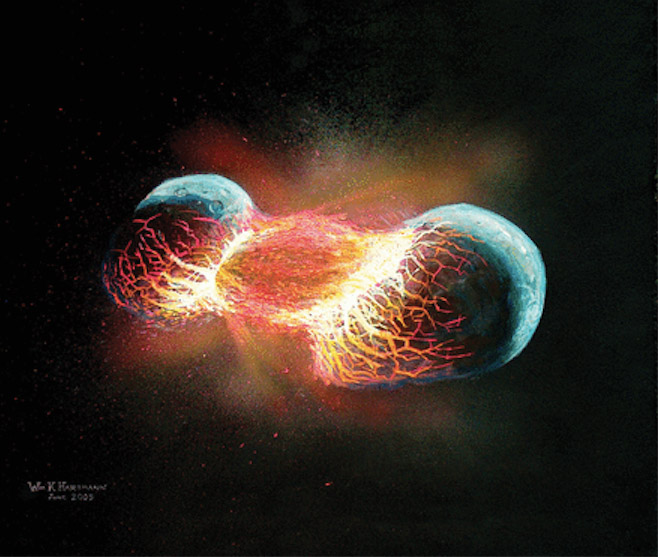Difference between revisions of "August 15, 2014"
| (One intermediate revision by the same user not shown) | |||
| Line 1: | Line 1: | ||
__NOTOC__ | __NOTOC__ | ||
=Smack= | =Smack= | ||
| + | <!-- Start of content --> | ||
<!-- ws:start:WikiTextHeadingRule:0:<h1> --> | <!-- ws:start:WikiTextHeadingRule:0:<h1> --> | ||
<!-- ws:start:WikiTextLocalImageRule:6:<img src="/file/view/LPOD-Aug15-14.jpg/518588740/LPOD-Aug15-14.jpg" alt="" title="" /> -->[[File:LPOD-Aug15-14.jpg|LPOD-Aug15-14.jpg]]<!-- ws:end:WikiTextLocalImageRule:6 --><br /> | <!-- ws:start:WikiTextLocalImageRule:6:<img src="/file/view/LPOD-Aug15-14.jpg/518588740/LPOD-Aug15-14.jpg" alt="" title="" /> -->[[File:LPOD-Aug15-14.jpg|LPOD-Aug15-14.jpg]]<!-- ws:end:WikiTextLocalImageRule:6 --><br /> | ||
| Line 13: | Line 14: | ||
<p><b>Tomorrow's LPOD:</b> [[August 16, 2014|The Moon Wins]] </p> | <p><b>Tomorrow's LPOD:</b> [[August 16, 2014|The Moon Wins]] </p> | ||
<hr /> | <hr /> | ||
| + | {{wiki/ArticleFooter}} | ||
Latest revision as of 16:15, 8 February 2015
Smack

2005 painting by Bill Hartmann of 1 hr after giant impact that formed the Moon; used as cover for special issue of Philosophical Transactions A of the Royal Society
The Royal Society has just published papers from a 2013 discussion meeting on the origin of the Moon. It has been 30 years since Bill Hartmann and Don Davis presented their paradigm shifting (or perhaps impacting) proposal that the Moon formed from a giant impact onto the early Earth. The idea remains the only major concept to explain the origin of our unique two-world system, but complications are emerging that these new papers address. One of the leading concerns stems from the fact that the isotopes of the Earth and the Moon are virtually identical (and different from any meteorite or Mars meteorite), meaning that the two worlds are made of identical materials. And the quantitative models of the event conclude that the presumed impactor, named Theia, was the source of most of the Moon. The complication is that this means Theia was made of identical material as the Earth, or that the models are wrong, or something else unknown occurred. If the SNC meteorites truly are from Mars, we know that objects at that distance had different isotopes than Earth/Moon; it would be very useful to determine isotope ratios for Venus rocks, but we have none. We don't know if it is likely or totally unlikely that Theia would have had the same composition (but it could have if it formed in the same orbit as the proto-Earth). The models probably are incomplete, and it is unimaginable that such a huge impact event did not include processes we have not yet imagined. The Giant Impact model is still our best understanding of the Moon's formation, but it needs continuing work.
Only the introductory paper in this new publication is available for free download; fortunately it is a useful statement of the problems, as is a video. The abstracts of the articles can be read online, and the Philosophical Transactions should be in any decent University library.
Chuck Wood
Yesterday's LPOD: A Lunar Where's Waldo
Tomorrow's LPOD: The Moon Wins
COMMENTS?
Register, Log in, and join in the comments.



